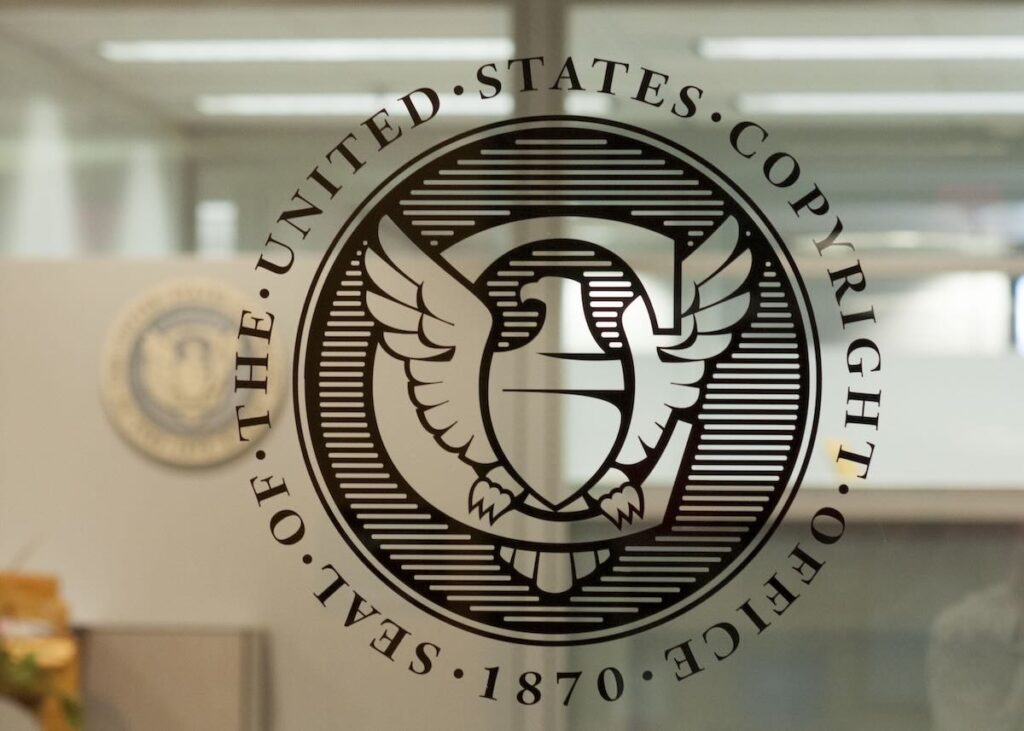US updates AI-Generated Content Copyright rules
The US Copyright Office just set the record straight on AI-generated content copyright. and the rulings could change everything for creators. From what can and can’t be copyrighted to the future of AI-assisted works, here are five key takeaways.
US updates AI-Generated Content Copyright rules
by Bobby Owsinski via Music 3.0
There are a lot of grey areas when it comes to copyright and AI-generated content that makes even intellectual property attorneys sometimes scratch their heads. Over the last year, the U.S. Copyright Office (USCO) has been slowly issuing rulings that have helped shed light on the subject, but several facets of how AI intersects with copyright were still up in the air. Now a new report by the USCO specifically on the AI and content creation brought some clarity and has given everyone a roadmap of how to proceed. Here are the 5 major takeaways from the report that will guide any content creator going forward.

1. A work solely generated by AI cannot be copyrighted. That means that anything that is 100% AI-generated content, no matter how new and ground-breaking it may look or sound, will never receive a copyright. Copyrights are reserved for humans only. This has been the ruling even before AI gained its high visibility a couple of years ago; now the fact has been emphasized.
2. A work that combines human creativity with AI CAN be copyrighted. If a songwriter uses AI to help complete a song, for example, the final work can be copyrighted. What hasn’t been determined is how much human input is required for that to happen. USCO said that should be decided on a case-by-case basis, so we’re about where we were last year on this facet.
3. A prompt is not considered human creativity. Ideas can’t be copyrighted and a prompt is considered an idea. Although it’s true that a creator can spend a great deal of time engineering the ideal prompt to achieve the desired result, the AI-generated outcome is still not copyrightable.
The USCO also states that prompts don’t give the human user enough control over the outcome to claim authorship. It sites the fact that the same prompt used over and over can provide a different result every time, so that indicates a lack of control on the creators part.
4. If a creator uses AI to enhance a work, only some parts can be copyrighted. If a songwriter writes a melody and loads it into an AI to complete the rest of the track, only the melody can be copyrighted and not the portion that the AI created.
5. If a creator uses AI to create parts, and then the creator puts those parts together into a song or creative work, that might be copyrightable. Again we come back to the case-by-case basis, as what determines if it can be copyrighted is if the creator modified those elements “in a sufficiently creative way.” An example sited was a movie where all the effects were AI-generated, but they were only a part of the movie, which contained mostly human-generated work, so it could be copyrighted.
All of the above was more or less outlined in rulings and reports issued by the USCO over the last year, but now we have it in one compact version.
This is actually the second of three reports on AI and copyright by the USCO. The first one from July 2024 dealt with digital replicas (deep fakes) and determined that a new law was needed to provide sufficient protections.
The third in the series (which the office says is coming soon) may be the most profound of the three in that it will cover using copyrighted material to train an AI, which could be quite a bombshell for both the AI industry as well as the creative community. It will be well-worth watching for.
Bobby Owsinski is a producer/engineer, author, blogger, podcaster, and coach. He has authored 24 books on music production, music, the music business, music AI, and social media.
1 Comment
Comments are closed.